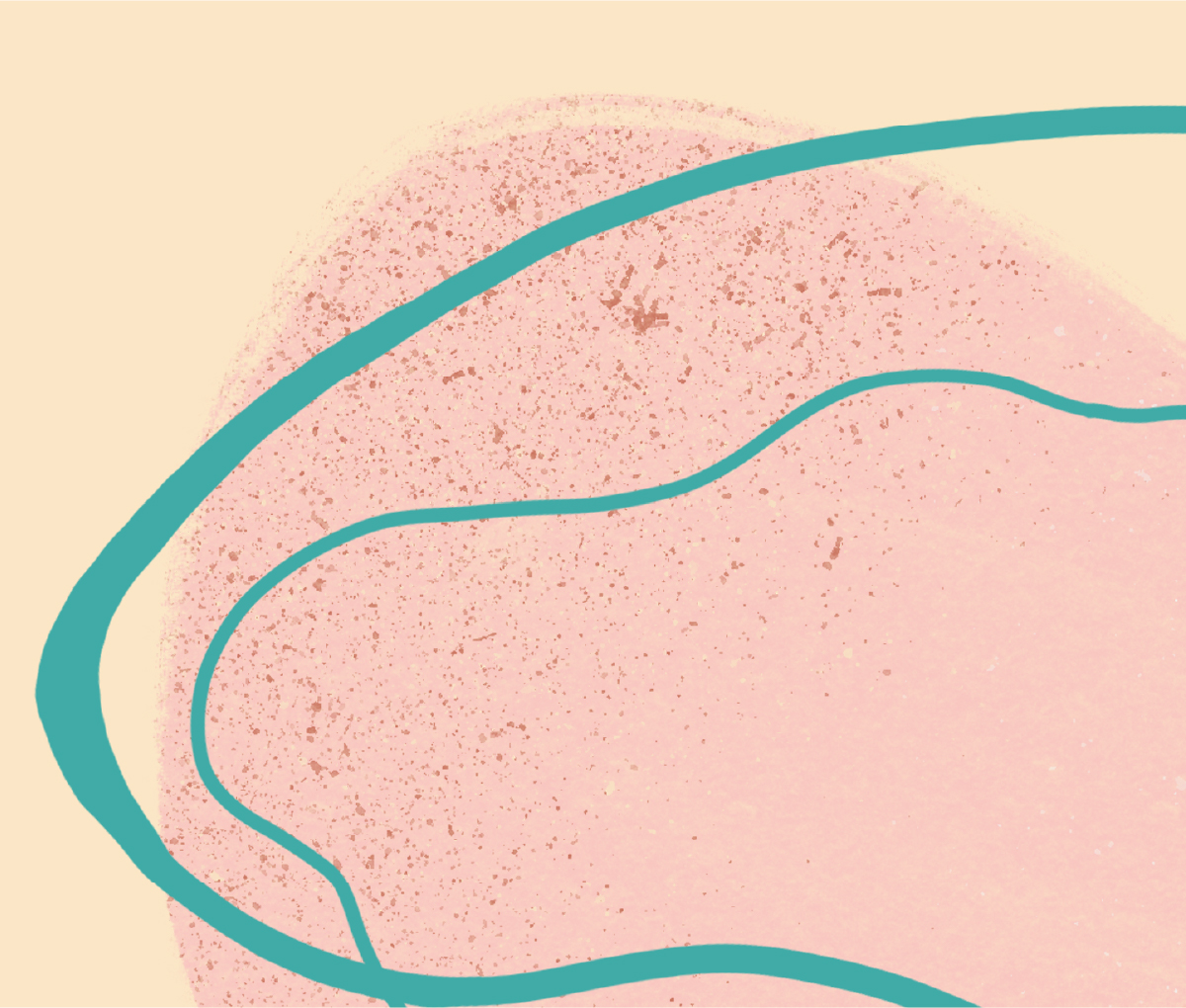Session 4: History and Examination

Objectives
- Describe the purpose of obtaining informed consent and how to obtain informed consent
- Demonstrate skills to take history
- Describe how to use information from the history to guide the exam
- Know how to conduct physical examination
- Understand why there may not be injuries, and understand when a speculum exam is needed
Presentation
Facilitator guide
Activities
Videos
The videos include a fictional story of rape or intimate partner violence that may be distressing, difficult or even re-traumatizing for some viewers to watch and listen to. This video is for educational purposes to show participants how to conduct an history and interview about an incident of rape or intimate partner violence.
The videos include sensitive images such as breasts and genitals to for educational purposes to show participants how to correctly perform an examination and to document common injuries.
4.1 Welcome the survivor
4.2 Informed consent
4.3 Medical history
Video by International Rescue Committee and UCLA – Center for International Medicine. https://www.rescue.org/.
Please see https://iawg.net/resources/clinical-care-for-sexual-assault-survivors for the complete clinical care for sexual assault survivors (CCSAS) multimedia tool.
4.4 History of the incident
Video by International Rescue Committee and UCLA – Center for International Medicine. https://www.rescue.org/.
Please see https://iawg.net/resources/clinical-care-for-sexual-assault-survivors for the complete clinical care for sexual assault survivors (CCSAS) multimedia tool.
4.5 Performing the general examination
4.6 Genital examination
4.7 Vaginal Speculum Exam
Video by International Rescue Committee and UCLA – Center for International Medicine. https://www.rescue.org/.
Please see https://iawg.net/resources/clinical-care-for-sexual-assault-survivors for the complete clinical care for sexual assault survivors (CCSAS) multimedia tool.
4.8 Anal examination
Video by International Rescue Committee and UCLA – Center for International Medicine. https://www.rescue.org/.
Please see https://iawg.net/resources/clinical-care-for-sexual-assault-survivors for the complete clinical care for sexual assault survivors (CCSAS) multimedia tool.
Participant handouts
Key messages
- Before taking the history, providers should explain any obligations to report and the limitations of confidentiality
- Welcome the survivor, provide information, ask for consent
- Obtain consent separately for each aspect of the exam
- The history determines the examination, treatment and forensic evidence collection (if requested and feasible)
- The purpose of the examination is to guide medical care and treatment
- Let the survivor know what had been documented
Required supplies & materials
- Projector
- Laptop
- Space for group discussions
- Pen and blank paper
- Print outs of handouts and scenarios for activities – depending on which activities you choose
